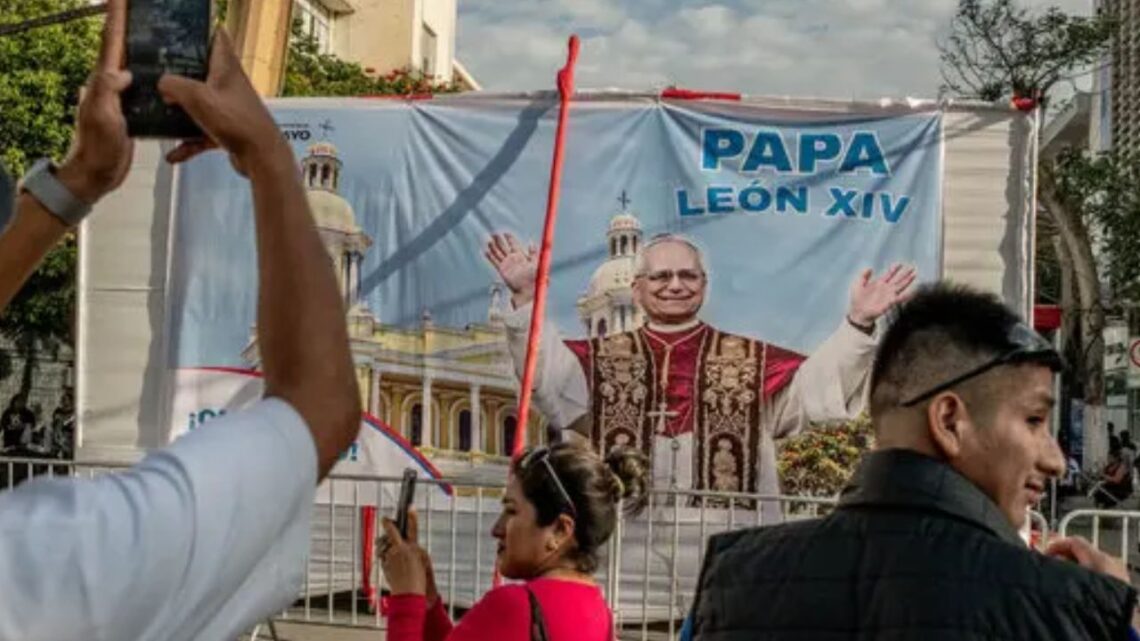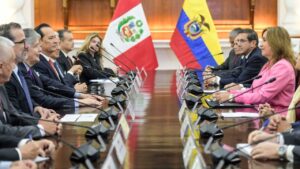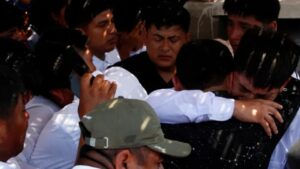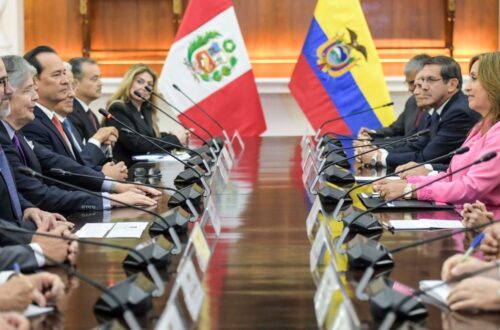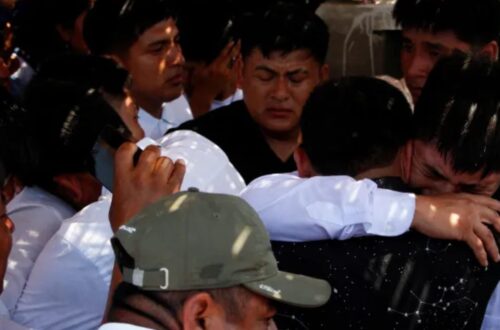The story of Ana María Quispe, a 29-year-old woman from Peru, has once again brought global attention to how the Catholic Church deals with abuse allegations.
Quispe, who reported being abused by two priests as a child, says she was exploited by her own lawyer and later caught in a political storm that targeted the man who is now Pope Leo XIV.
For the first time since his election as pope, Leo XIV has spoken publicly, admitting the case was “painful” and “manipulated.”
Meanwhile, Quispe continues to demand justice, saying that promises from the Church have not been fulfilled and that one of her abusers has escaped accountability by leaving the priesthood.
The Abuse Allegations
Quispe’s complaints go back to her childhood:
- In 2005, she says she was abused by Father Ricardo Yesquén, who kissed her inappropriately when she was only nine years old.
- In 2007, she says she was abused again, this time by Father Eleuterio Vásquez (Father Lute), who allegedly touched her while she slept on a church trip.
Other women also later came forward with similar accusations against Vásquez. In 2022, Quispe and two others filed official complaints with the diocese of Chiclayo, Peru.
How the Case Was Used Against the Pope
At the time of the complaints, Robert Francis Prevost was bishop of Chiclayo. He later became Pope Leo XIV. Conservative sectors used the Chiclayo case to discredit him, accusing him of ignoring victims. Quispe has clarified that she believes she was used in a campaign against the Pope.
The Pope has now acknowledged delays in the investigation, stating:
- “It became more complicated after my transfer.”
- “The delay made the process very painful.”
- “There has been a lot of manipulation of the case.”
Accusations Against Lawyer Ricardo Coronado
Quispe also revealed that her canon lawyer, Ricardo Coronado, manipulated her and other victims. She says:
- “His intention was never to help us. He had his own interests.”
- Coronado allegedly used the case for political and personal reasons.
- He was later expelled from the priesthood in 2024 for unrelated sexual crimes.
This betrayal left the victims feeling more abandoned than ever.
Church’s Response and Ongoing Struggles
Quispe says the Church has failed to support her recovery:
- Promises to pay for psychological treatment have been obstructed, with the diocese refusing to reimburse without strict invoices.
- She claims the Church scolded victims for requesting financial help.
- One priest accused of abuse, Vásquez, requested to leave the priesthood, effectively avoiding trial or further investigation.
Quispe describes this as a new form of victimization, where the institution protects itself while leaving survivors to struggle.
Timeline of Key Events
| Year | Event |
|---|---|
| 2005 | Quispe reports first abuse by Father Ricardo Yesquén |
| 2007 | Abuse by Father Eleuterio Vásquez allegedly takes place |
| 2020 | Quispe first tells Bishop Prevost about her past abuse |
| 2022 | Official complaint filed by Quispe and two other victims |
| 2023 | Case provisionally closed, later reopened after public outcry |
| 2024 | Lawyer Ricardo Coronado expelled from priesthood |
| 2025 | Pope Leo XIV publicly acknowledges manipulation of the case |
Criticism of the Church
Quispe says she initially trusted the Church to help. Bishop Prevost encouraged her to come forward and promised to remove abusive priests. But after he left the diocese in 2023, she says communication stopped, leaving her in the dark.
- She claims the investigation was closed without informing victims.
- She found that one priest accused of abuse continued celebrating Mass.
- Promised letters of apology have never been delivered.
Quispe now says: “They completely took me for a ride.”
The Human Side: Quispe’s Struggle
Beyond the legal battles, Quispe describes the personal cost:
- Years of migraines and health problems linked to trauma.
- Loss of social connections since much of her community was tied to the Church.
- Emotional breakdowns when recounting her experiences.
Her story highlights how abuse cases extend far beyond courtrooms—they affect the everyday lives of survivors for decades.
The Peru abuse case shows how survivors like Ana María Quispe continue to face obstacles years after reporting crimes.
While Pope Leo XIV has finally admitted the Church mishandled the process, victims are still waiting for justice, psychological support, and recognition. The betrayal by their lawyer and the Church’s delays have only deepened their suffering.
This story is a painful reminder that true accountability in the Church remains a distant goal, and survivors’ voices must remain at the center of reform efforts.

